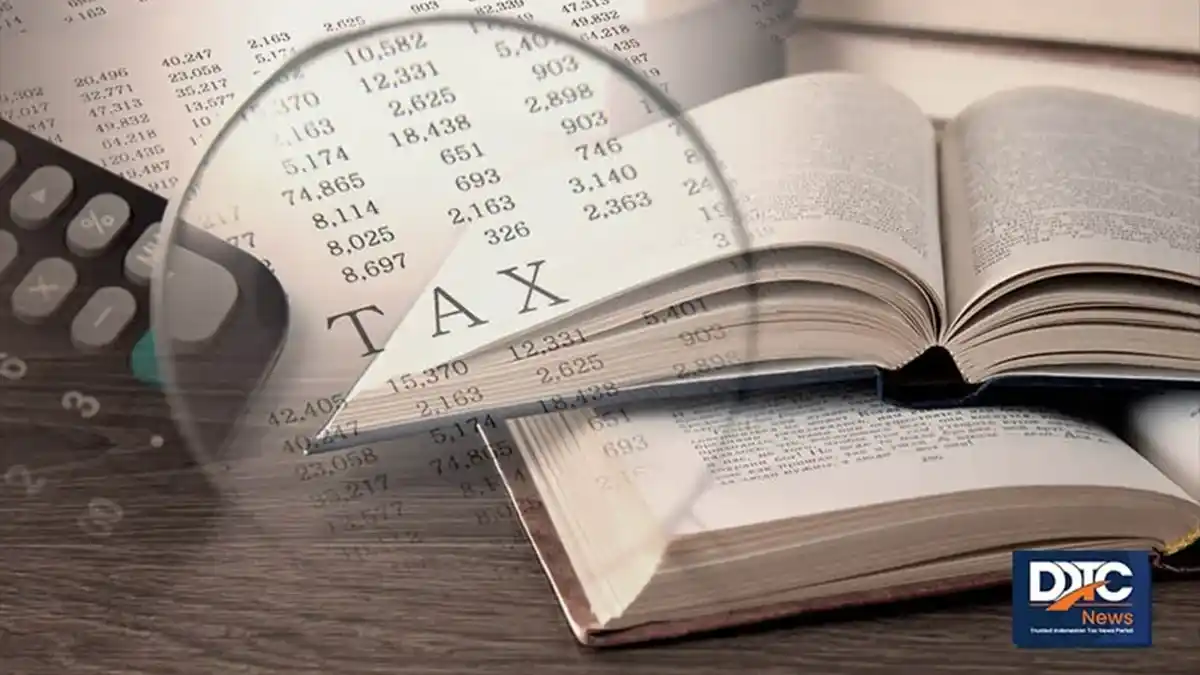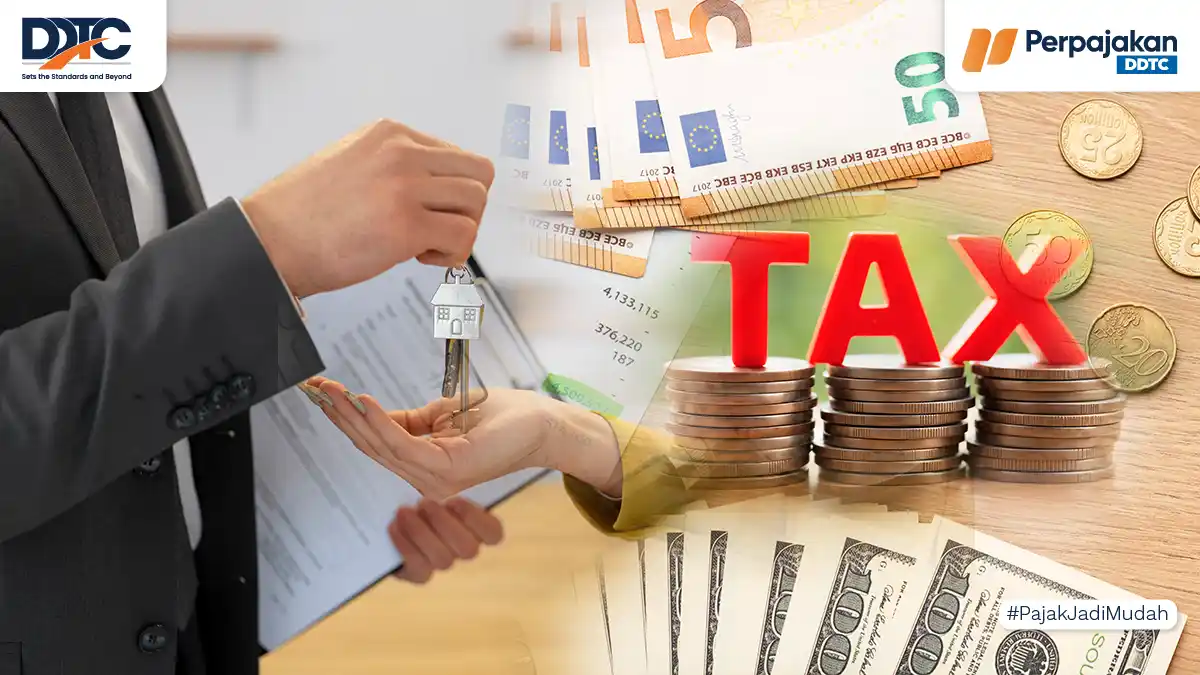What Is the Indonesian Customs Tariff Book?

JAKARTA, DDTCNews - The variety of types of goods in international trade traffic encourages the need for a method to classify goods, thereby, the list of types of goods can be systematically compiled based on their criteria with certain codes.
With the classification of goods, the administration and determination of rates are expected to be more convenient. The Customs Cooperation Council (WCO) developed a harmonised commodity description and coding system (HS) in 1988 as a method of goods classification.
The HS is periodically amended by the WCO to adapt to changes in trade patterns and the current global situation. Indonesia as a contracting party must participate in every amendment to the HS.
The Ministry of Finance has issued MoF Reg. 6/2017 to follow up on the amendment to the 2017 HS. In force since 1 March 2017, the regulation constitutes the basis for the application of the 2017 Indonesian Customs Tariff Book. As such, what are the Indonesian Customs Tariff Book and the 2017 Indonesian Customs Tariff Book?
Definition
Referring to the official website of the DGCE, the Indonesian Customs Tariff Book is a book that contains the goods classification system applicable in Indonesia and contains provisions for interpreting HS (KUMHS), records and the classification structure of goods compiled based on the HS and AHTN.
The HS refers to the nomenclature of goods classification used uniformly throughout the world based on the International Convention on the Harmonised Commodity Description and Coding System. The nomenclature system in the HS consists of 6 digits.
On the other hand, the ASEAN Harmonised Tariff Nomenclature (AHTN) refers to a goods classification system uniformly implemented in all ASEAN member states based on the Protocol Governing the Implementation of AHTN. Check out “What is the Harmonised System?”
AHTN is a development of the HS in the form of a 2-digit addition. Thus, the classification structure used in all ASEAN countries is uniform, namely 8 digits (6 digits of the HS and 2 digits of the AHTN). As a member, Indonesia also uses AHTN for all tariffs, statistical and other purposes.
The Indonesian Customs Tariff Book contains KUMHS, Section Notes, Chapter Notes, Sub-HS Code Notes, Classification Structures from Chapter 1 to Chapter 98 as well as the amount of import duty, export duty, VAT and STLGs. The Indonesian Customs Tariff Book has been enacted based on a minister of finance regulation.
The term the 2017 Indonesian Customs Tariff Book refers to the goods classification system applicable in Indonesia from 1 March 2017. The 2017 Indonesian Customs Tariff Book revises the 2012 Indonesian Customs Tariff Book which was formerly in force. The changes are intended to adjust to the amendments to the 2017 HS and AHTN.
The changes in the Indonesian Customs Tariff Book affect matters referring to HS Codes, such as import duty, most favoured nation (MFN), free trade agreement (FTA), export duty, Anti-Dumping Import Duty and Discriminatory Import Duty, Taxes on Imports and permit documents in the context of import/export prohibitions and restrictions.
The changes in the Indonesian Customs Tariff Book changes also affect the adjustments to the modules of import declarations (PIB), export declarations (PEB), other related customs declarations, provisions on prohibitions and restrictions from ministries and institutions as well as adjustments to IT inventory or similar applications in companies.
Conclusion
In essence, the Indonesian Customs Tariff Book is an Indonesian Customs Tariff Book that contains the nomenclature of the goods classification applicable in Indonesia. The Indonesian Customs Tariff Book is compiled based on the HS and AHTN. The Indonesian Customs Tariff Book also contains the rates of import duty, exit duty and Taxes on Imports.
On the other hand, the term the 2017 Indonesian Customs Tariff Book refers to the goods classification system applicable in Indonesia from 1 March 2017. The 2017 Indonesian Customs Tariff Book revises the 2012 Indonesian Customs Tariff Book which was formerly in force. These changes are to adjust to the amendments to the periodically revised HS by the WCO and the 2017 AHTN. (rig)
Cek berita dan artikel yang lain di Google News.






























































